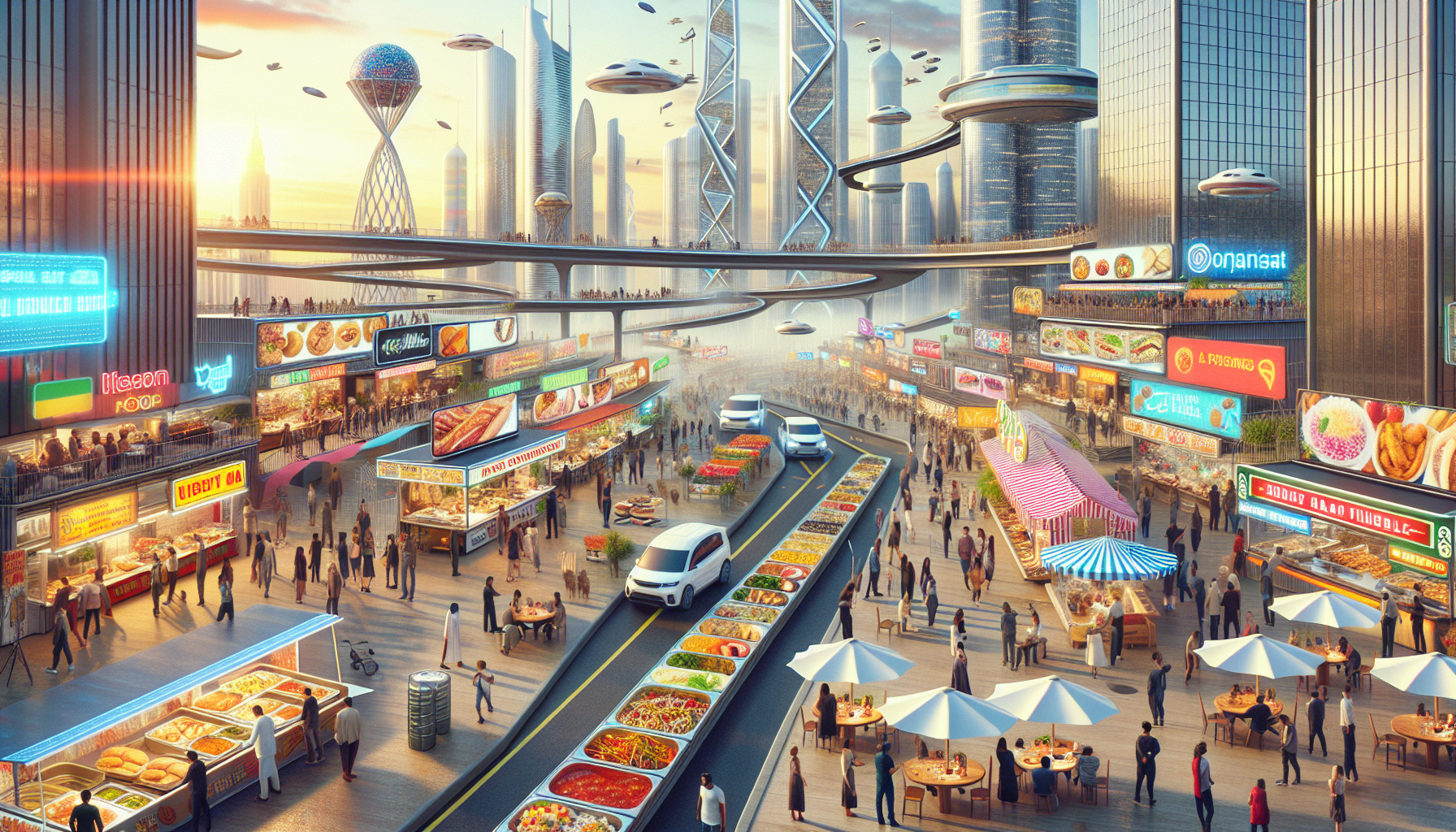As we step into 2025, the global culinary scene is witnessing a fascinating evolution: the rise of elevated street food. This trend is redefining the boundaries of casual dining, making refined, artistic, and gourmet-quality dishes available at street-level prices. Originally rooted in traditional and local cuisines, street food is now undergoing a transformative phase, bringing gourmet to the streets while retaining its inherent soul.
The Global Expansion of Gourmet Street Food
The concept of street food has always been synonymous with accessibility, flavor, and cultural authenticity. Traditionally, street vendors offered quick bites that reflected the culinary heritage of their regions. Now, these culinary traditions are being elevated, influenced by global gastronomic techniques and trends.
In Asia, cities like Bangkok and Tokyo are spearheading a street food revolution, offering a rich tapestry of flavors that range from mouth-watering Wagyu beef skewers to innovative sushi burritos that fuse taste and convenience. Meanwhile, European capitals such as Berlin and London are nurturing their street food ecosystems, with markets featuring artisanal cheese purveyors, gourmet dessert trucks, and avant-garde vegan burgers that showcase the best of sustainable eating.
Technology and Street Food: A Perfect Fusion
The integration of technology in street food is another engine driving its rise. With the growth of food delivery apps and online platforms, street vendors have expanded their reach beyond the physical confines of urban markets. This allows customers to savor high-quality street food from the comfort of their homes. Additionally, cashless payments have made transactions smoother, catering to the digital preferences of modern customers.
Social media plays a pivotal role in this trend, providing an avenue for street food vendors to showcase their culinary creations to a broader audience. Platforms like Instagram and TikTok have become crucial marketing tools, with street chefs sharing vibrant images and videos of their dishes, attracting food enthusiasts globally. The content goes viral, pulling in both locals and tourists eager to experience the latest edible trends.
The Role of Sustainability in Elevated Street Food
With sustainability taking center stage globally, the street food sector is no exception. Conscious consumers are considering sourcing, waste management, and ecological impact. In response, street food vendors are adopting eco-friendly practices by prioritizing locally sourced ingredients, reducing plastic usage, and focusing on plant-based menus to align with the growing demand for sustainable dining options.
In this context, food trucks utilizing renewable energy and packaging made from biodegradable materials are increasingly common. The choice to go green is not just about minimizing environmental impact but also about appealing to a more informed and conscientious clientele.
Professional Chefs Enter the Street Food Arena
Another catalyst driving the rise of elevated street food is the movement of professional chefs from traditional restaurants to street food establishments. Many chefs, once restricted by the conventions of fine dining, are relishing the freedom that street food offers to experiment and interact with their customers on a more direct level.
Renowned culinary figures are opening pop-up stalls and food trucks, bringing expertise and often Michelin-star techniques to the street food world. This has elevated the overall quality and presentation of street food, enticing food critics and awards organizations to recognize the gourmet possibilities emerging in what was once considered a humble food choice.
The Economic Impact and Future Outlook
The economic implications of the growing popularity of elevated street food are significant. For many cities around the world, street food is becoming a driver of local economies, providing jobs and enterprise opportunities while attracting tourists. It also encourages cultural exchange and understanding, as food lovers explore diverse cuisines through street food offerings.
Looking ahead, the trajectory of elevated street food suggests a future where the line between street and fine dining becomes increasingly blurred. Collaborations between food technology innovators, sustainability advocates, and culinary artisans will likely lead to even more creative endeavors that enrich the street food scene. This evolution presents an opportunity for street food to further entrench itself as a fundamental component of urban culture and lifestyle globally.
